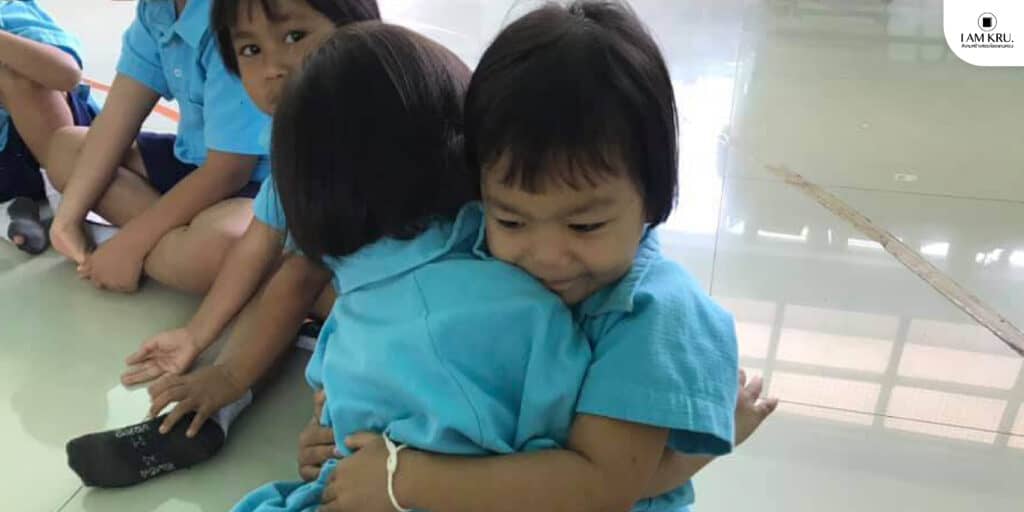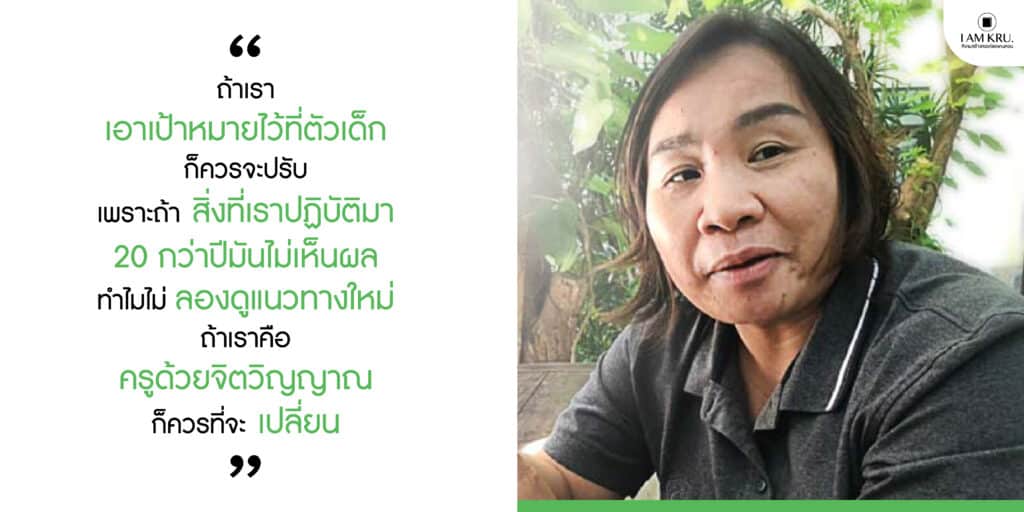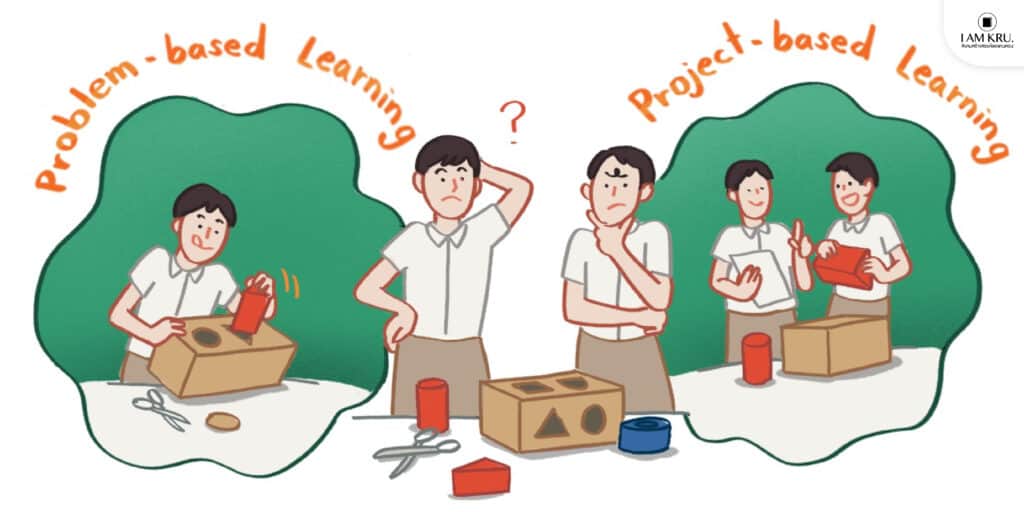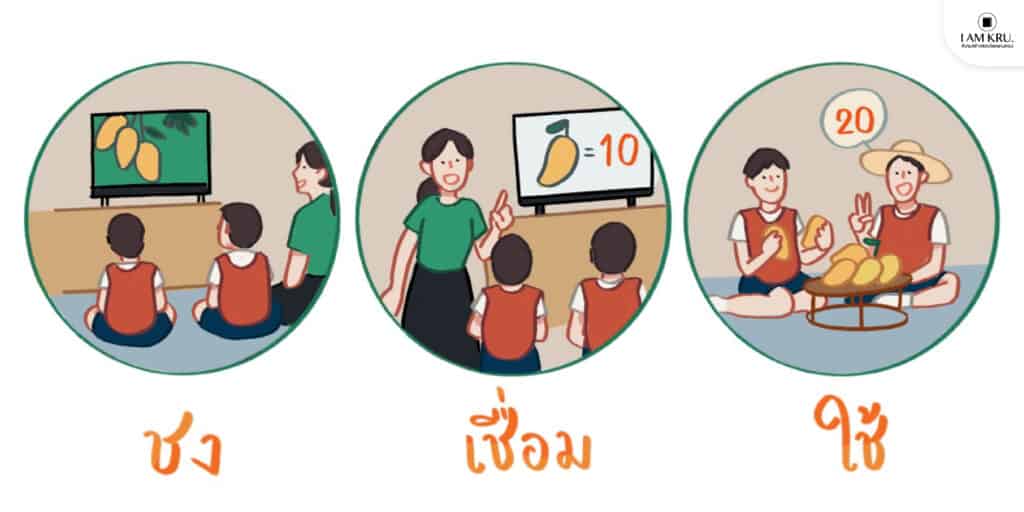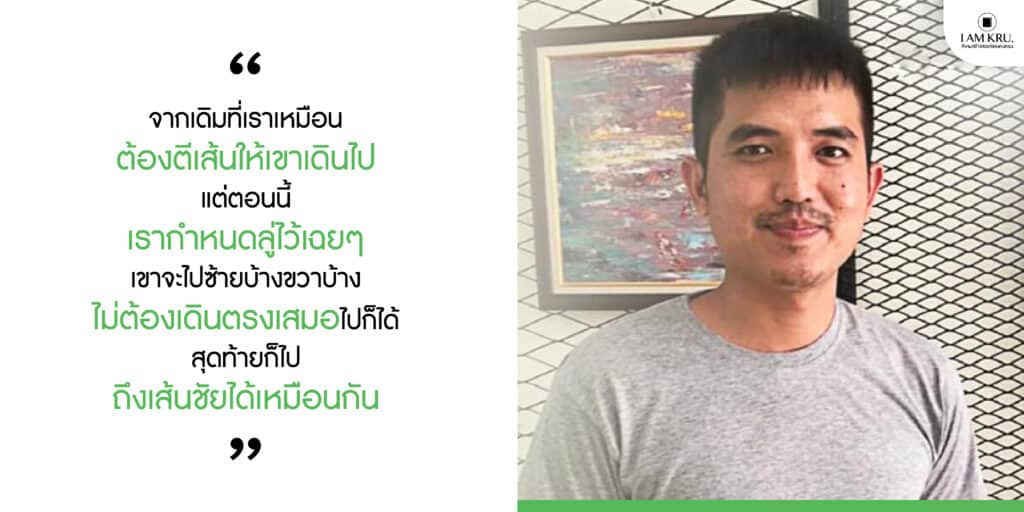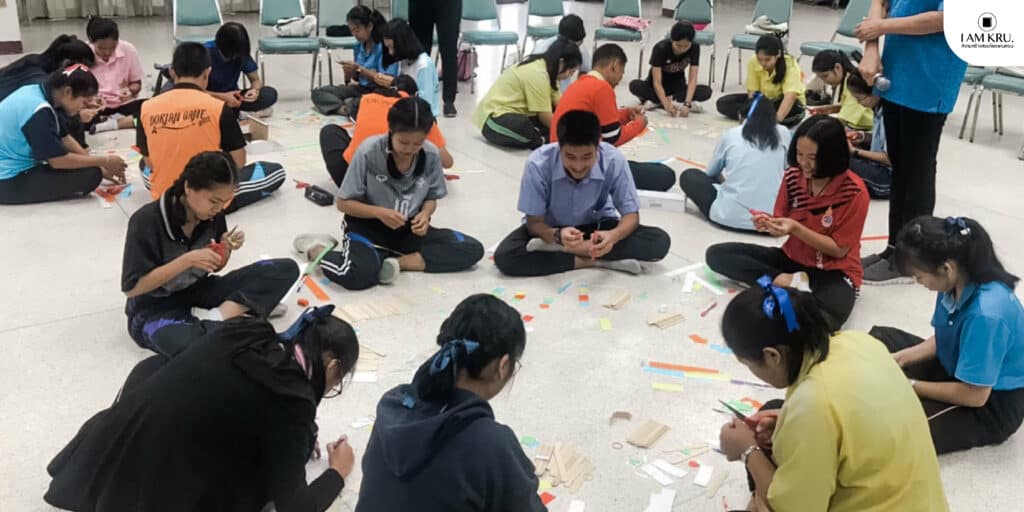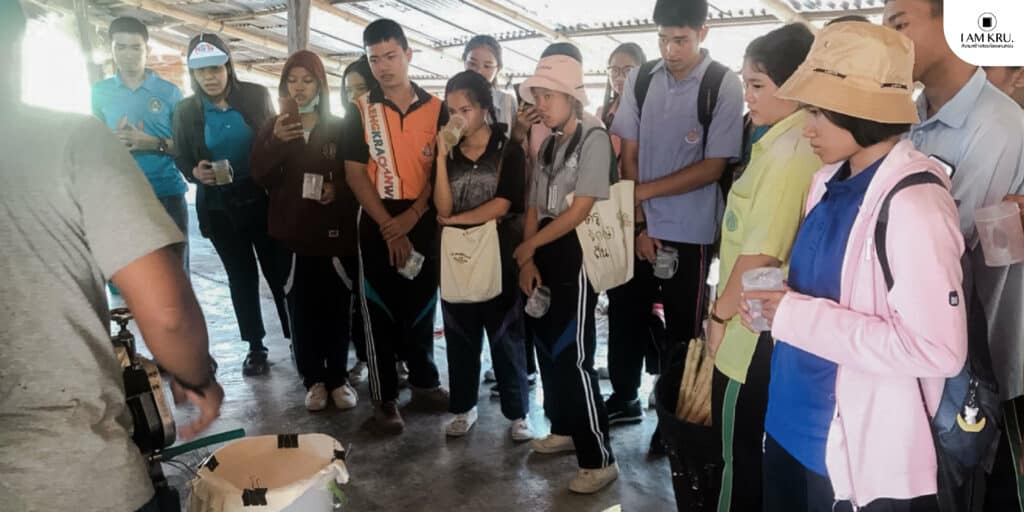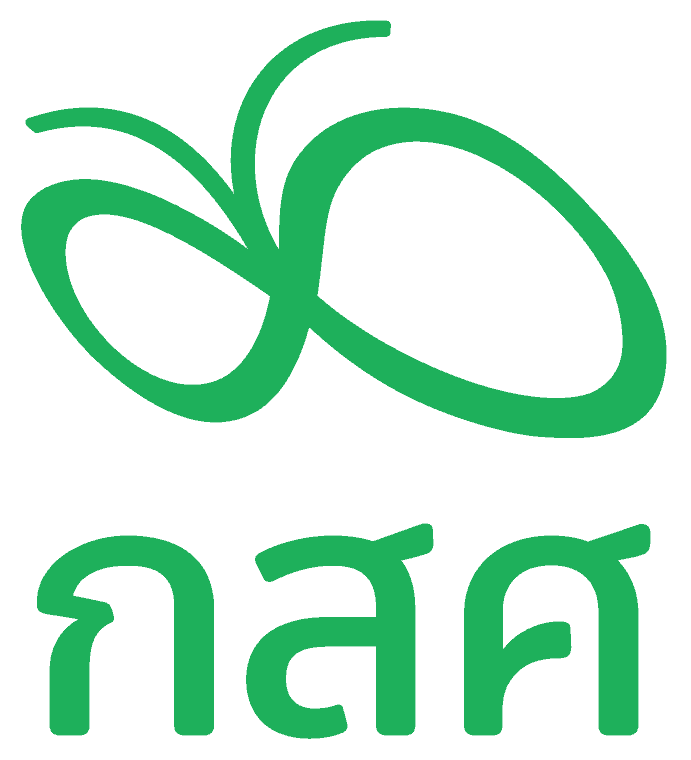Teaching fraction lesson using ‘egg panel’
‘Online PLC Coaching, an online community where teachers came together to create online teaching resources for students, is introducing ‘Kru Su’ Supaporn Kittayakornnupong, Head of Mathematics Development Unit at Plearnpattana School. She was the first to develop teaching guidelines by integrating simple objects and turning them into teaching materials. For instance, a simple ‘egg panel’ from the kitchen could help 3rd-grade students to understand the fractional lesson. This virtual demonstration has gained public interest, especially school directors and teachers from 16 schools in the Siam Commercial Foundation network and Equitable Education Fund (EFF) network.
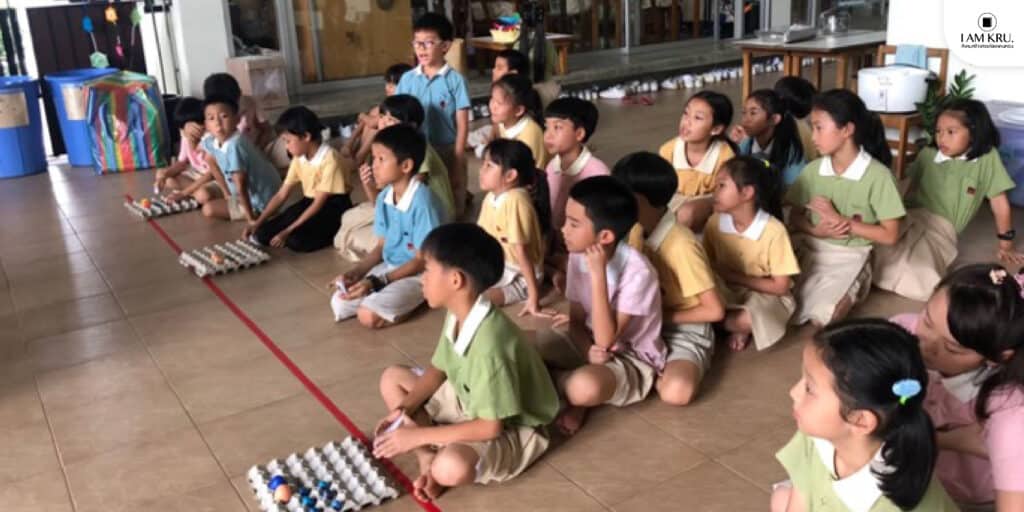
From ‘egg panel’ to ‘teaching material’
Just seeing the teacher holding egg panels to class, children became excited and they kept imagining what the egg panel is going to be used for in math class. Even the ones who are having a hard time with mathematics could barely hide the excitement in their faces.
Each group of students received 1 egg panel which can be divided into 5 vertical rows and 6 horizontal rows. Once everyone is ready, the teacher will give them fractional problems such as making half of an egg panel full. The kids enjoyed helping each other arrange eggs in the panel.
“Make 3 over 6 of egg panel full,” said the teacher. After that, students rushed to rearrange the egg panel. This time, they realized that the first and second problem is the same because one-half is equal to 3 over 6. The kids finally understand how to compare fractions in a more concrete view than the drawing on the paper they used to do.
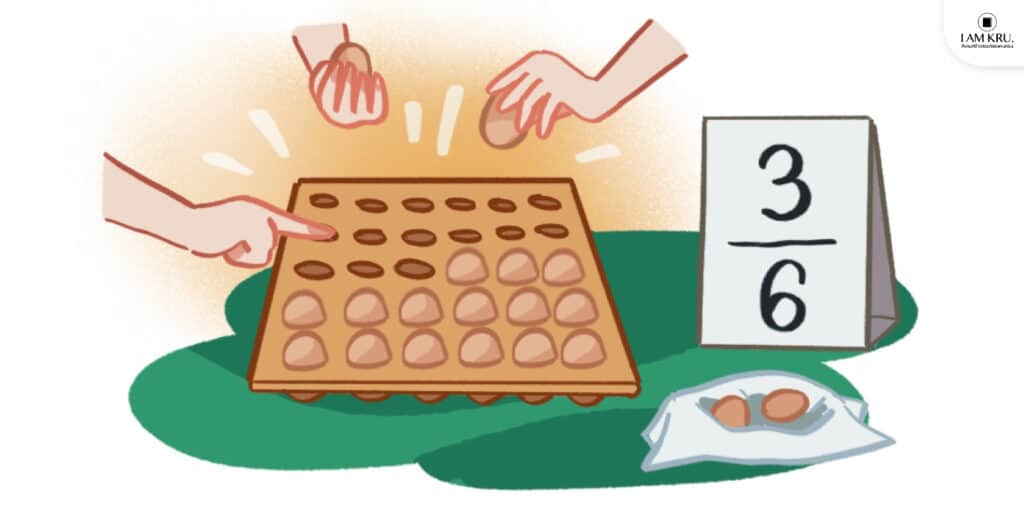
The teacher continued to give students fractional problems and, surprisingly, they enjoyed it. They even asked for more problems because they enjoy helping each other to complete the tasks. This activity does not only make the class more fun but also makes students feel that they belong to the class where nobody is left behind just because they don’t understand math.
It’s clear to see that a simple egg panel could lead to a discussion and knowledge exchange among children. They get to practice with the real materials which connect them to the learning process and their previous experiences. This is called Met Before, whether it’s something they are taught or their own experiences. This leads to knowledge exchange and self-learning methods.
‘Met Before’ drives the learning process
The appeal of the egg panel is that each kid arranges eggs differently in the same fractional problem. Some arranged them vertically and some horizontally. All of this is based on ‘Met Before’ from the learner’s previous experience, possibly the knowledge that was received from the teacher before, both in theory and in practice. In each period, teachers must anticipate the ‘learner’s concept’ to create a practical and effective learning process, so that each child with an unequal background knowledge could understand the lesson. Additionally, this learner concept help to create a friendly learning environment for the student.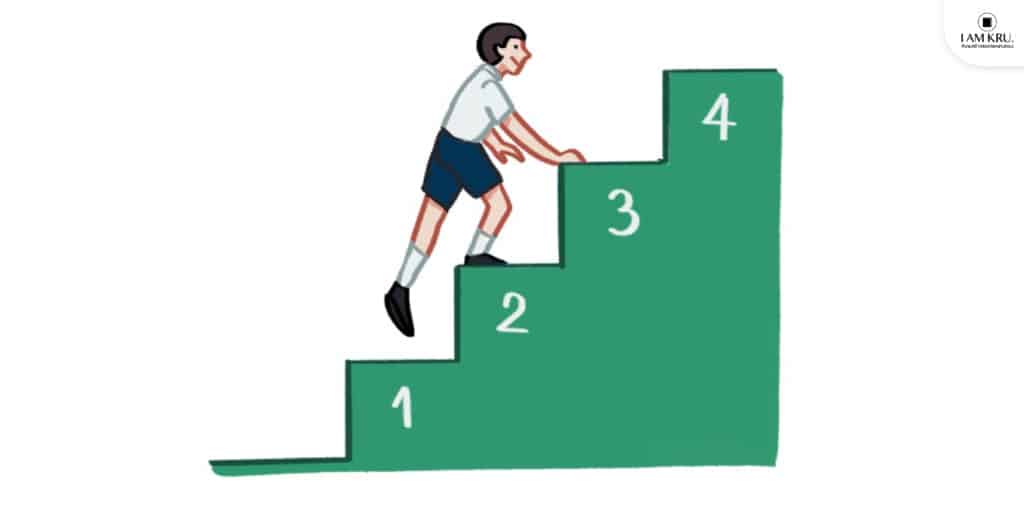
‘Met Before’ drives the learning process
The appeal of the egg panel is that each kid arranges eggs differently in the same fractional problem. Some arranged them vertically and some horizontally. All of this is based on ‘Met Before’ from the learner’s previous experience, possibly the knowledge that was received from the teacher before, both in theory and in practice.
In each period, teachers must anticipate the ‘learner’s concept’ to create a practical and effective learning process, so that each child with an unequal background knowledge could understand the lesson. Additionally, this learner concept help to create a friendly learning environment for the student.
Learning by doing: Kids enjoy doing while teachers are observing
The hands-on learning process could reflect each student’s talent, ability of learning, and teamwork. When the kids encounter problems, they will think of the best solution to solve without being fear of making mistakes because by working as a team, they get to communicate and share some ideas that lead to further knowledge development.
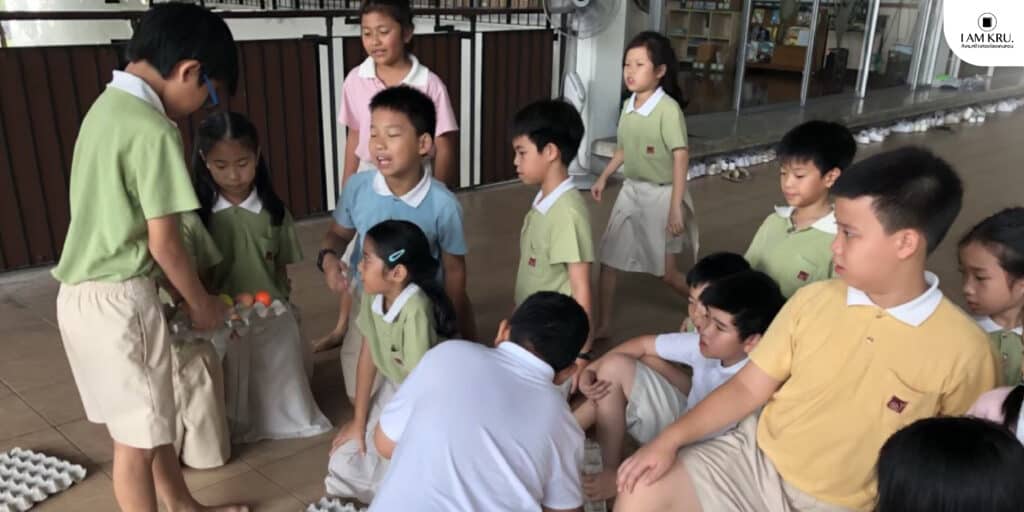
Furthermore, teachers get to observe the body language, facial expressions, and confidence of each student while they are working in their teams to find the solution to each problem. Some kids might stay quiet which could mean that they are thinking and trying to solve the problems, or that they cannot think of any solutions because they don’t know where to start.
Each student is different and has unequal background knowledge; thus, teachers have to pay attention closely.
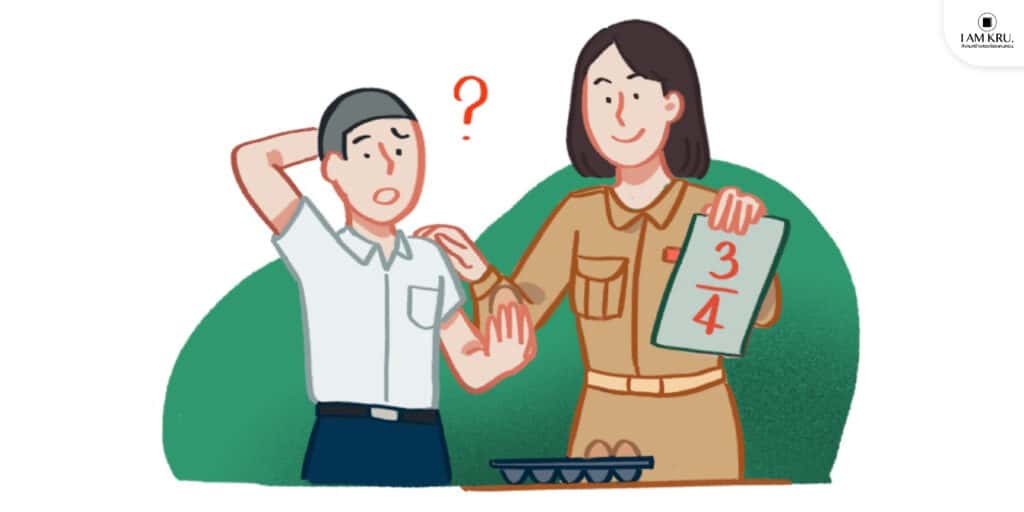
Advises from teacher to students
Kru Su has mentioned that after each lesson, she will do an after-class revision to all of her students, especially when she has to check their homework. The teacher would be able to write further suggestions for them, to make all students understand the lesson.
Instead of telling them that they got the wrong answer which could drop a child’s confidence, Kru Su recommended using other questions to help those students to figure out the right answer. She suggested thinking about what a child would feel, no one wants to be told that they do something wrong. If we use other questions, the kids would be willing to find the right answer and admit that they are wrong.

When the atmosphere in class is not competitive and anxious but a form of group learning in which everyone helps each other out, students would feel at ease and feel confident to share their answers with the class. Therefore, ‘teacher’ is an important factor in creating this learning-friendly environment. Teachers have to be a safe zone for students to try out. When students are able to figure it out on their own, they will be more confident and open up to other things.
Teacher Pad Seelwat Susillaworn, Deputy Director, Academic Affairs, of Plearnpattana School, has further suggested that to provide step-by-step learning to students, teachers have to build a scaffolding for them to reach each step. First of all, teachers have to understand the met before of each student and set up the destination of each child. They have to understand the nature of that lesson and the nature of children themselves to set up a proper question or experience.
7,964
